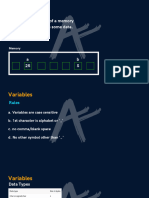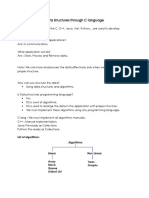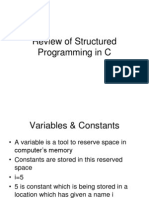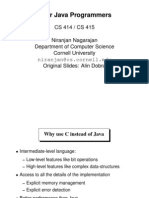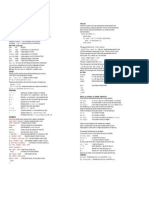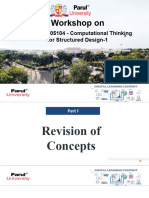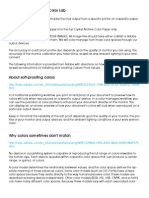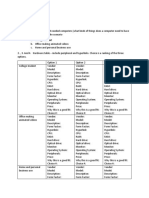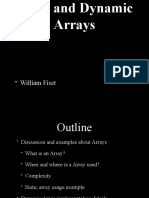0% found this document useful (0 votes)
27 views37 pagesC Class Note-Invert
The document provides an overview of programming concepts in C, including variables, data types, operators, control structures, functions, pointers, arrays, strings, structures, file I/O, and dynamic memory allocation. It outlines the rules for defining variables, the types of constants, and the syntax for various programming constructs. Additionally, it covers the use of standard library functions and best practices for file operations.
Uploaded by
hasifahmed52Copyright
© © All Rights Reserved
We take content rights seriously. If you suspect this is your content, claim it here.
Available Formats
Download as PDF, TXT or read online on Scribd
0% found this document useful (0 votes)
27 views37 pagesC Class Note-Invert
The document provides an overview of programming concepts in C, including variables, data types, operators, control structures, functions, pointers, arrays, strings, structures, file I/O, and dynamic memory allocation. It outlines the rules for defining variables, the types of constants, and the syntax for various programming constructs. Additionally, it covers the use of standard library functions and best practices for file operations.
Uploaded by
hasifahmed52Copyright
© © All Rights Reserved
We take content rights seriously. If you suspect this is your content, claim it here.
Available Formats
Download as PDF, TXT or read online on Scribd
/ 37


